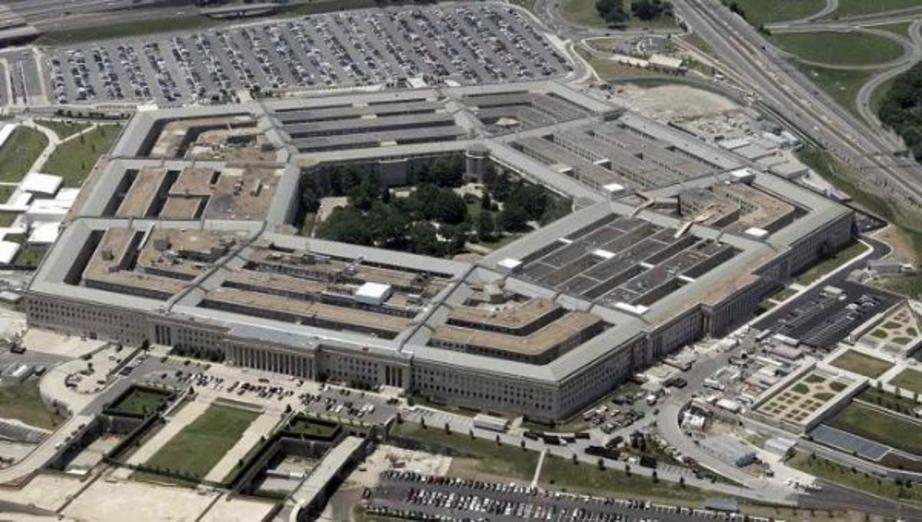US spends $250 million per day for the war on terror
The Department of Defense’s “cost of war” report suggests that the U.S. has spent $250 million per day for the past 16 years on ‘defense.’
According to a newly published United States Department of Defense (DoD) “cost of war” report, U.S. taxpayers have shelled out $1.46 trillion for war since September 11, 2001, when the War on Terror began.
This amounts to around $250 million per day.
The report was published by the Federation of American Scientists Secrecy News blog and covers the period of September 11, 2001 to mid-2017.
As the report notes, nearly $1.3 trillion of the total cost spent on the Iraq and Afghanistan wars alone. On top of this, continuing operations in Afghanistan and the U.S.-led air campaign in Iraq and Syria has totalled $120 billion.
U.S. President Donald Trump promised to rebuild America’s military which he sees as less extravagant than it ever has been.
"Our active-duty armed forces have shrunk from 2 million in 1991 to about 1.3 million today," he said in a speech. "The Navy has shrunk from over 500 ships to 272 ships during this same period of time. The Air Force is about one-third smaller than 1991. Pilots flying B-52s in combat missions today. These planes are older than virtually everybody in this room."
Part of Trump’s plan to ‘rebuild’ the U.S.’ military is to make sure that the military is "funded beautifully."
The Trump administration has proposed a $603 billion defense budget, which well exceeds the cap of $549 billion, and would require the U.S. Congress to make spending cuts in other areas.
In July, the House of Representatives approved $696.5 billion in defense spending, which includes a base budget of $621.5 billion and $75 billion in ‘Overseas Contingency Operations dollars’, commonly referred to as ‘war money’. Conversely, the Senate passed a $640 billion base defense budget with a $60 billion allocation for war money. Both versions of the budget well exceed the Trump administration’s proposal, making this defense budget, by far, the largest defense budget in U.S. history.
While the U.S.’ current and proposed military spending is massive, the DoD’s “cost of war” report did not take into account other collateral costs of war, including veteran’s benefits and other related costs.
International Business Times notes that: “The report’s costs include only direct war-related expenses such as operating and maintaining bases, procuring equipment, and paying for and feeding troops.” The report does not include intelligence spending on the War on Terror, nor does it include veteran’s benefits.
Harvard Kennedy School professor Linda Bilmes estimated in 2011 that the cost of veteran’s benefits would range between $600 billion - $1 trillion. However, since Bilmes’ study, the number of veterans receiving benefits has skyrocketed. Current estimates project the figure to be $674 billion over the next 40 years.
The U.S. intelligence apparatus also operates under a $52.6 billion annual operating budget, which includes 16 agencies, with the Central Intelligence Agency (CIA) soaking up the lion’s share of $14.7 billion, according to leaks that were revealed by Edward Snowden. The CIA spent $1 billion alone annually training and arming military opposition factions in Syria.
The report also does not take into account the large military-contractor economy that has surged around the War on Terror, which is currently valued at around $674.4 billion.
The War on Terror is the second most expensive war in U.S. history, trailing well behind (but perhaps not for long) World War II, which costed an estimated $4.1 trillion in today’s dollars. For comparison, the long and drawn out Vietnam War costed around $770 billion, with an additional $250 billion if veteran’s benefits are taken into account.

